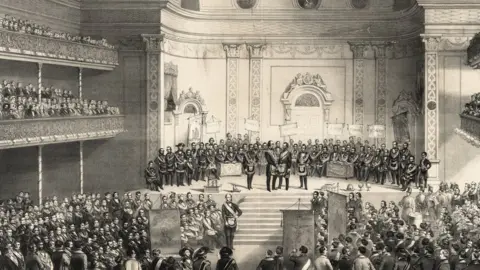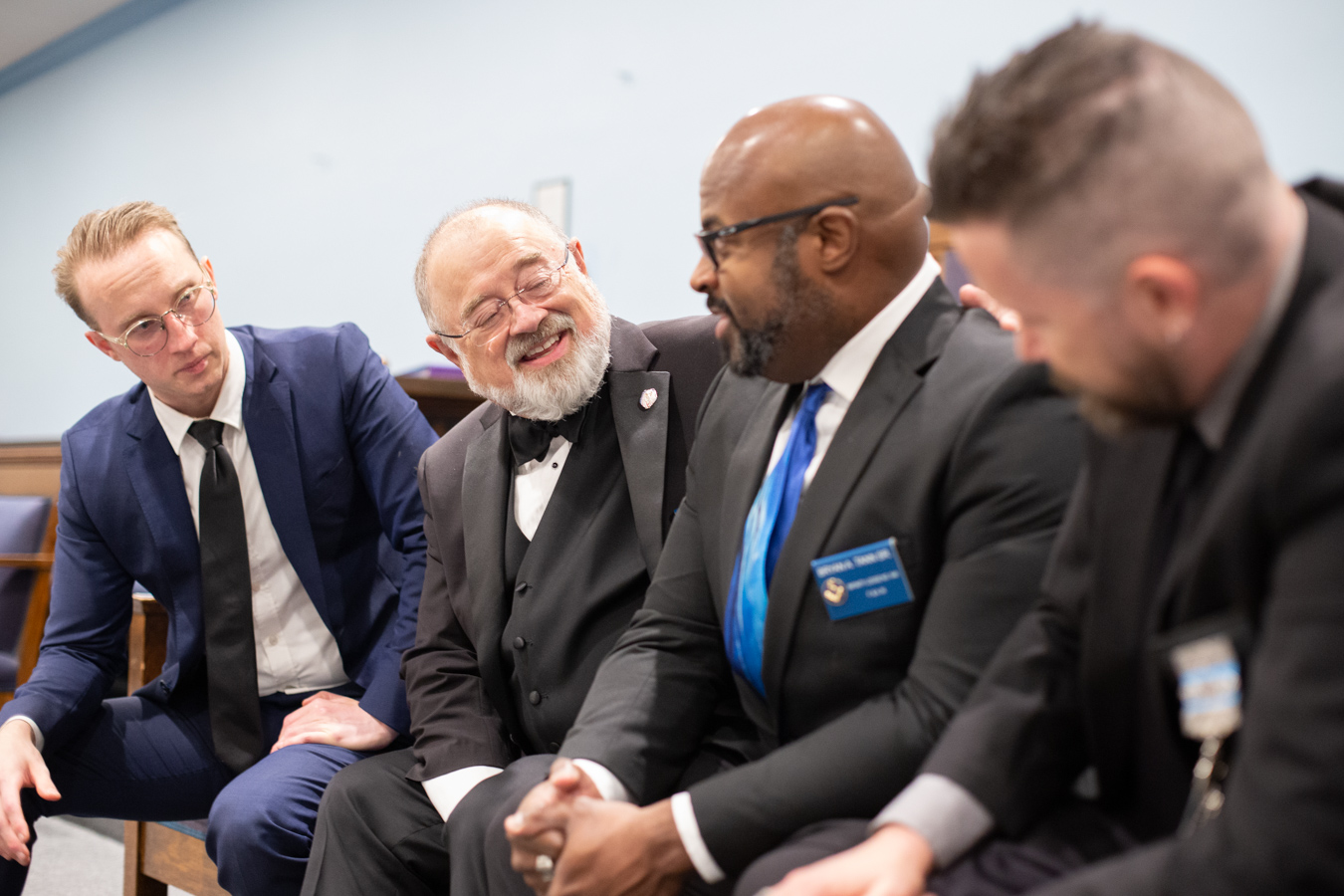Exploring the Key Benefit of Joining Freemason for Lifelong Friendships
Exploring the Key Benefit of Joining Freemason for Lifelong Friendships
Blog Article
Discover the Keys Behind the Freemason and Their Influence on Culture
The Freemason, frequently shrouded in myth and conjecture, presents a fascinating case study of how historic ideals can morph right into modern conspiracy theory theories. As we discover its origins, influence on revolutionary idea, and representation in contemporary culture, we begin to reveal the layers of intrigue that continue to mesmerize society.
Origins of the Freemason
The Freemason, commonly shrouded in mystery and speculation, traces its origins back to the late 18th century. Established in 1776 in Ingolstadt, Bavaria, the team was founded by Adam Weishaupt, a teacher of canon law. Weishaupt intended to advertise Knowledge values, including reason, secularism, and the splitting up of church and state. Known as the Bavarian Freemason, the company's key objective was to counter the pertinent impact of spiritual dogma and promote intellectual discussion among its members.
The Freemason adopted an ordered structure, attracting motivation from Freemasonry, which enabled deceptive conferences and routines. Subscription was selective, encompassing significant figures from various areas, including national politics, philosophy, and science. This elite network sought to effect social and political change through clandestine means, advocating for the rights of individuals and the improvement of culture.
In spite of its relatively brief existence, the Bavarian Freemason was officially dissolved in 1785 due to government suppression (how to become a freemason). Its tradition withstood, giving surge to various conspiracy concepts and preferred culture recommendations that proceed to prompt intrigue and argument regarding its effect on modern culture.
Key Myths and Misunderstandings
Among the allure of privacy surrounding the Freemason, various myths and misconceptions have arised, often distorting the team's real nature and purposes. One common myth recommends that the Freemason regulates the world's federal governments and economic climates. While it is real that the group intended to affect societal structures, the idea that it operates as a cohesive worldwide creature master is mostly exaggerated.
An additional usual misconception is that all participants of the Freemason have large wealth and power. In truth, the initial Freemason consisted of intellectuals and Enlightenment thinkers, most of whom sought reform instead of dominance. The idea that the Freemason specifically recruits stars and political figures is deceiving; subscription has actually traditionally consisted of a varied variety of individuals.

Historic Impact on Society
Throughout history, different intellectual motions have actually exceptionally affected societal frameworks, and the Freemason played a substantial role during the Knowledge. Established in 1776 in Bavaria, the Freemason aimed to advertise reason, secularism, and the wondering about of established authority, responding to the supremacy of spiritual dogma. This organization drew in significant thinkers and supporters of liberty, promoting a setting favorable to the circulation of Knowledge ideals.
The Freemason's values promoted logical thought and empirical proof, which added description to the more comprehensive intellectual landscape that motivated social reform and political adjustment. Participants sought to reshape culture by advocating for education, civil liberty, and the splitting up of church and state. Their clandestine nature and enthusiastic program sparked both intrigue and uncertainty, leading to their eventual suppression by the Bavarian government in 1785.
In spite of their dissolution, the heritage of the Freemason lingered, affecting innovative motions across Europe and the Americas. Their commitment to enlightenment principles helped lay the foundation for modern autonomous suitables and civils rights, leaving a long lasting imprint on the foundations of contemporary culture. The allure of their deceptive gatherings and philosophical pursuits continues to captivate the creativity, underscoring their historical relevance.
Modern Interpretations and Beliefs

Numerous proponents of Freemason theories assert that an effective elite adjusts international occasions, affecting politics, economics, and society to offer their interests. This perspective is regularly sustained by Related Site a wonder about of governmental and banks, leading to the belief that an undetected hand orchestrates societal outcomes - how to become a freemason. The net has amplified these interpretations, with social media platforms working as fertile ground for the circulation of conspiracy theories
Moreover, some modern analyses posit that the Freemason serves as an allegory for the struggle between knowledge and lack of knowledge, with supporters promoting recognition and essential thinking as a way to counteract viewed fascism. This duality-- viewing the Freemason as both a literal and symbolic entity-- highlights the continuous attraction with the idea, showing deeper social stress and anxieties concerning power, openness, and specific freedom in the modern world.
The Freemason in Popular Society
The Freemason has infiltrated numerous facets of preferred society, manifesting in literary works, movie, music, and art as a symbol of intrigue and secret. This secret culture, frequently portrayed as a shadowy pressure manipulating global occasions, has motivated many stories that discover themes of power, conspiracy theory, and hidden understanding.
In literary works, authors like Dan Brown have actually utilized the Freemason to weave complex stories filled up with thriller and historical references, triggering public attraction. Movies such as "Angels & Demons" and "The Da Vinci Code" better amplify this allure, depicting the Freemason as an organization with far-ranging impact.
Songs, too, has actually been influenced by the principle of the Freemason. Musicians like Jay-Z and Beyoncé have dealt with conjecture regarding their associations with the society, motivating discussions about significance in their work and the nature of popularity.
Aesthetic art frequently includes Freemason concepts, with musicians utilizing signs like the Eye of Providence and the pyramid to stimulate a sense of secret. Via these various mediums, the Freemason offers not only as a subject of supposition yet also as a lens whereby society analyzes its very own complexities and worries.

Final Thought
In conclusion, the Freemason stands for a remarkable intersection of Knowledge perfects and contemporary social fears regarding power and control. While its historic impact on cutting edge motions and democratic concepts is remarkable, the myths and misconceptions that have actually emerged often eclipse its real legacy. The enduring intrigue bordering the Freemason, particularly within prominent society, highlights ongoing stress and anxieties about openness and authority, making certain that this enigmatic team continues to be moved here a topic of both academic passion and public attraction.
Report this page